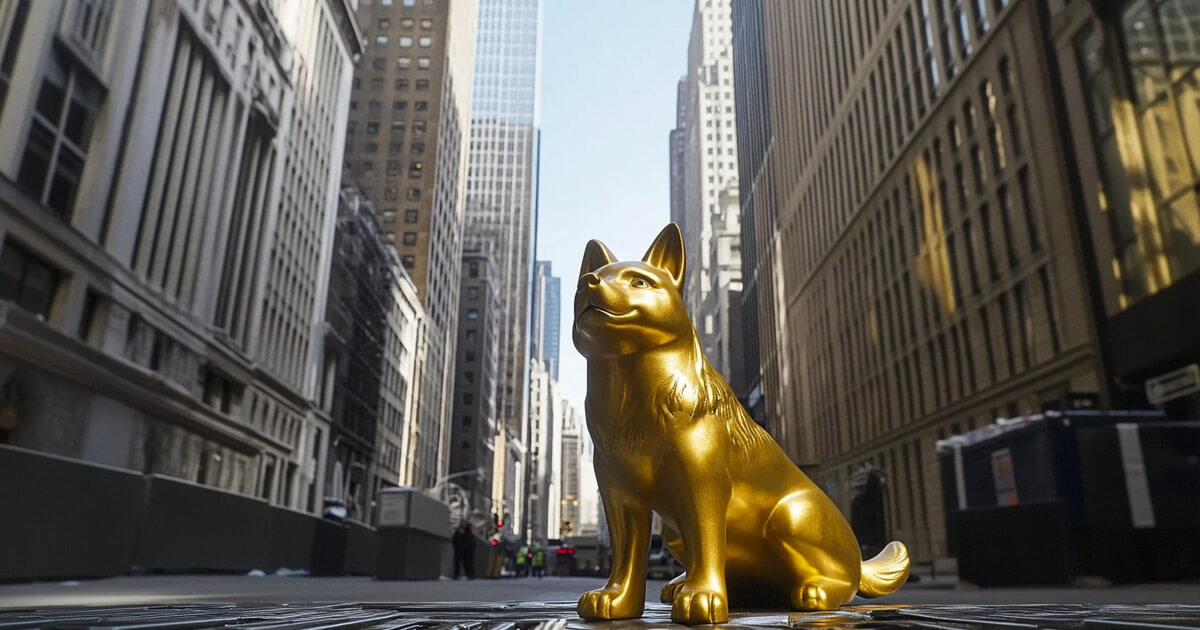
A modest 1% allocation to Dogecoin (DOGE) could significantly improve portfolio returns without meaningfully increasing risk, according to a new analysis by crypto investment firm 21Shares.
In its April report, the firm evaluated how Dogecoin performs when added to a Bitcoin-enhanced growth strategy.
Stress-tested portfolios
The firm’s portfolio stress-testing showed that the baseline portfolio, a conventional 60/40 mix of stocks and bonds, returned 7.25% annually.
Meanwhile, including a 3% Bitcoin and 1% Dogecoin allocation increased annualized returns to as high as 8.95%. Sharpe ratios improved in nearly all simulations, suggesting better risk-adjusted performance.
Although the addition introduced some volatility, the increase in maximum drawdown was only marginal, and even without rebalancing, the losses remained contained.
The report emphasized that rebalancing is essential, especially monthly or weekly, to maintain return potential and prevent risk from building up quietly during turbulent markets. The firm attributed Dogecoin’s effectiveness to its low correlation with both traditional assets and the wider crypto market, along with a strong historical return profile.
According to 21Shares, this makes Dogecoin a viable diversifier rather than just a speculative meme.
Dogecoin’s potential path
The report outlined three price projections for Dogecoin in the current market cycle: a bear case, a neutral case, and a bull case.
In the bear case, 21Shares argued that Dogecoin’s recent rally may have already priced in much of its cycle potential.
If the token compounds at 10% annually from its 2021 high of 0.73, it would reach approximately 0.38 by late 2025. This would still be more than double its current value but would mark the first time Dogecoin fails to set a new all-time high within a full market cycle.
In the neutral case, the firm assumed the total crypto market cap would peak at $5 trillion, with Dogecoin maintaining a 3% share. This scenario would result in a DOGE market capitalization of about $150 billion, implying a price near $1 per coin.
This assumes the token continues to lead the memecoin category while adapting to increased competition and changing retail trends.
The bull case relies on historical cycle growth. Between its 2018 low of $0.007 and the 2022 cycle bottom of $0.0585, Dogecoin posted a compounded annual growth rate of 189%.
If DOGE mirrors that trajectory this cycle, it would rise to approximately $1.42. To achieve this, 21Shares said the token would need support from renewed retail enthusiasm, increased adoption, and integration with platforms such as X.
The firm concluded that with proper structure and rebalancing, a small allocation to Dogecoin is not reckless but potentially rewarding.


